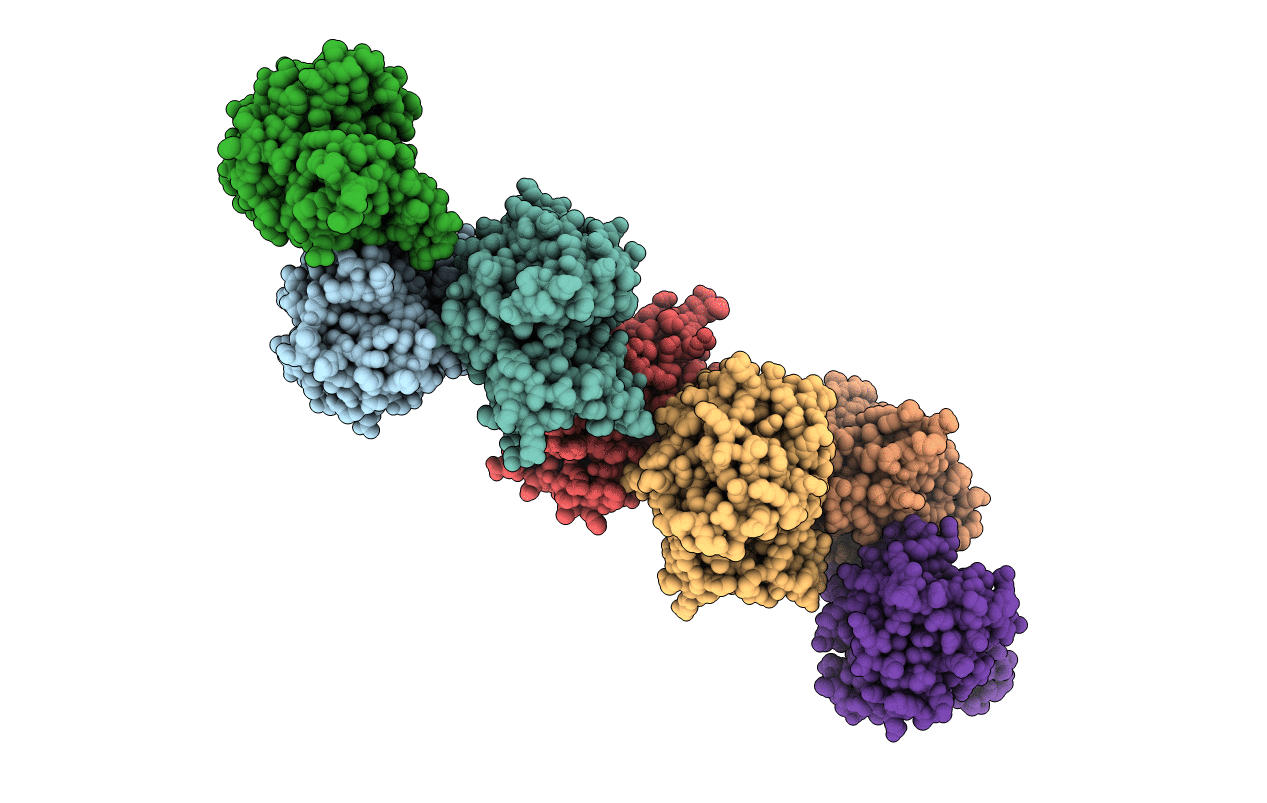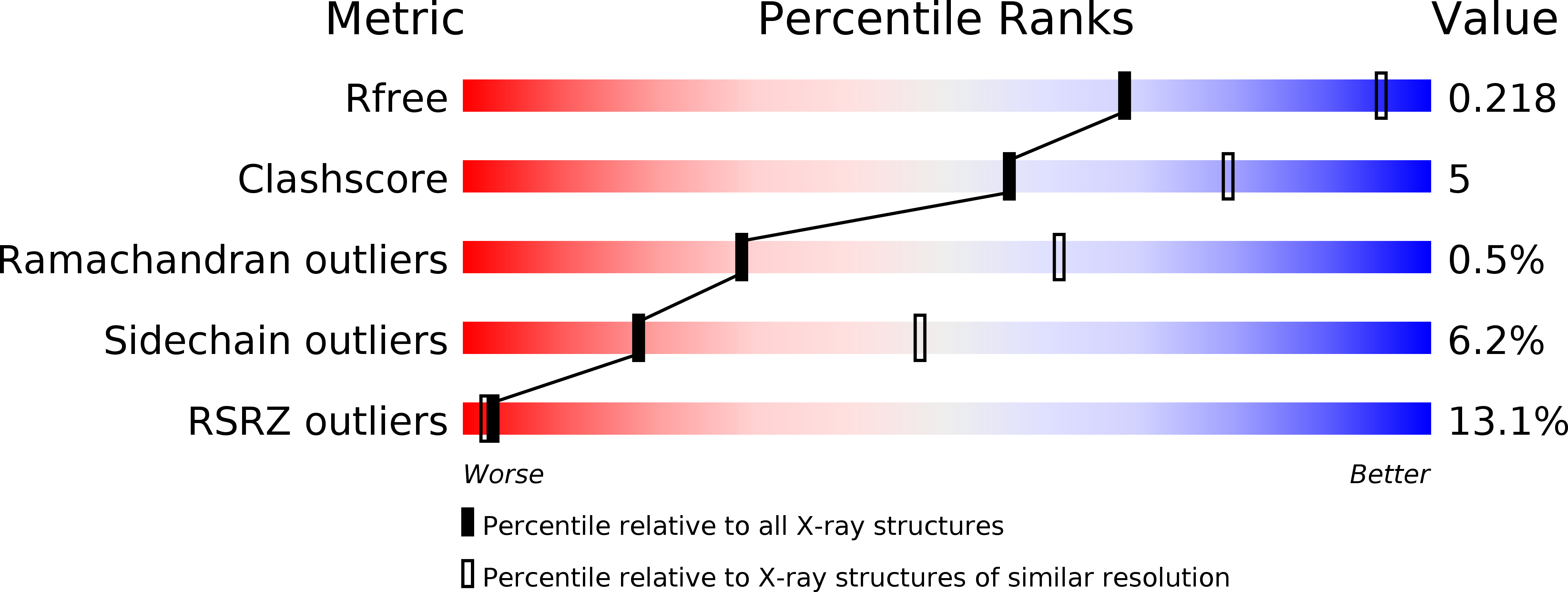
Deposition Date
2006-05-15
Release Date
2007-03-27
Last Version Date
2024-02-14
Method Details:
Experimental Method:
Resolution:
2.90 Å
R-Value Free:
0.21
R-Value Work:
0.18
R-Value Observed:
0.19
Space Group:
H 3


